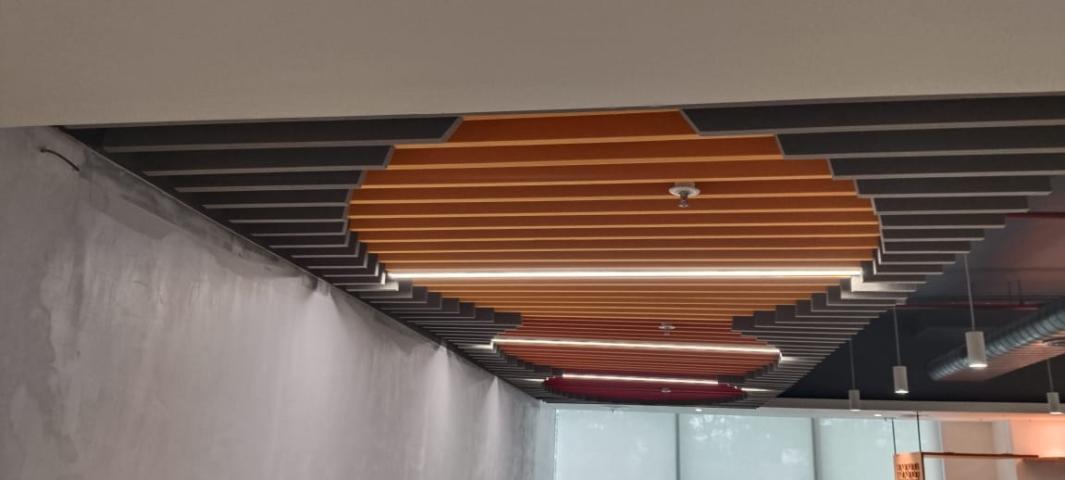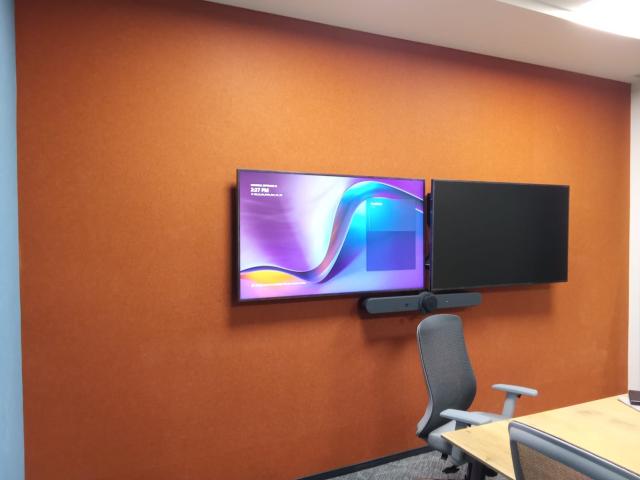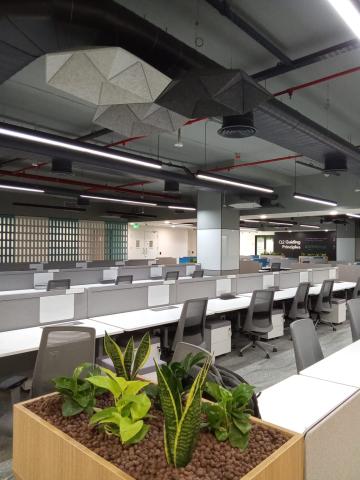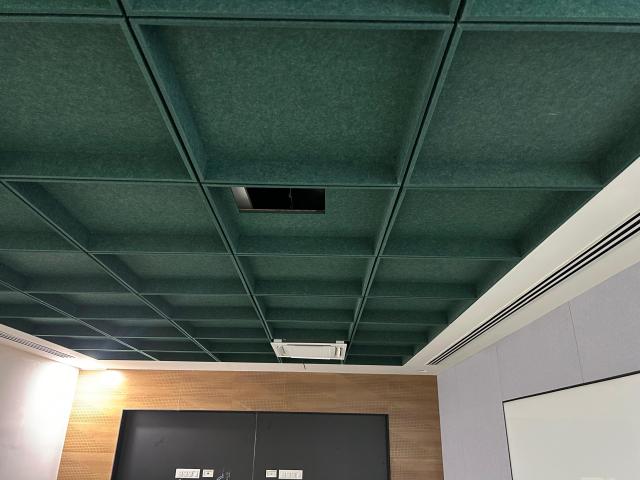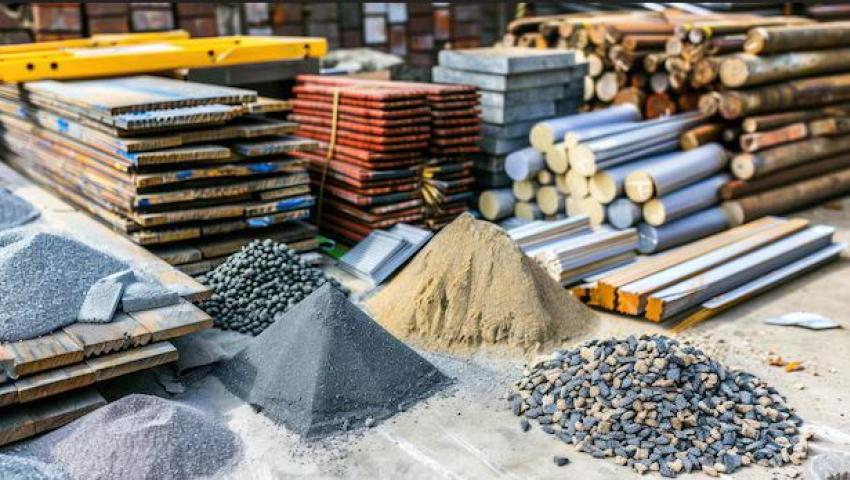In our increasingly noisy world, the quest for noise control has become more important than ever. Whether it's a bustling urban environment or a peaceful suburban neighborhood, excess noise can impact our well-being and productivity. Fortunately, acoustic materials provide effective solutions to mitigate sound pollution, and many of these materials are also sustainable options. In this blog, we’ll explore various types of acoustic materials, including Mass Loaded Vinyl, PET Acoustic Panels, and Wooden Acoustic Panels, highlighting their benefits and eco-friendly characteristics.
Acoustic Materials: Explore the Principles
Acoustic materials are specially designed to absorb sound waves, thereby reducing noise levels in various settings, such as homes, offices, and public spaces. These materials work by either blocking sound or absorbing it, depending on their composition and installation. The right acoustic solution can enhance privacy, reduce distractions, and improve overall comfort in a space.
Noise Control: Why is it Needed?
Before diving into specific acoustic materials, it's essential to understand why noise control is vital. Prolonged exposure to excessive noise can lead to stress, sleep disturbances, and even health issues such as hypertension. Moreover, in professional settings, noise can hinder communication and productivity. By utilizing effective acoustic materials, we can create environments that promote well-being and focus.
Mass Loaded Vinyl: A Versatile Sound Barrier
Mass Loaded Vinyl (MLV) is a popular choice for those seeking to reduce sound transmission between rooms or from external sources. This dense material is made of vinyl combined with heavy substances, giving it excellent soundproofing qualities.
Features
High Density: The weight of MLV allows it to block sound waves effectively. Its mass is a critical factor in soundproofing applications.
Flexibility: MLV can be applied to various surfaces, including walls, ceilings, and floors. It can be installed beneath drywall, flooring, or even in vehicles.
Eco-Friendly Options: Some manufacturers produce MLV from recycled materials, making it a sustainable choice for those looking to reduce their environmental footprint.
PET Acoustic Panels: A Sustainable Solution
PET Acoustic Panels are made from recycled polyester fibers and offer a lightweight and eco-friendly option for sound absorption. These panels are not only effective in reducing noise but are also visually appealing, making them suitable for various interior designs.
Features
Sustainability: PET panels are manufactured from recycled plastics, contributing to waste reduction and promoting a circular economy.
Sound Absorption: These panels excel at absorbing mid to high-frequency sounds, making them ideal for offices, schools, and public spaces.
Variety of Designs: Available in multiple colors, shapes, and textures, PET Acoustic Panels can complement any interior >
Easy Installation: Lightweight and easy to handle, these panels can be easily mounted on walls or ceilings, making them a practical choice for DIY enthusiasts.
Wooden Acoustic Panels: A Blend of Aesthetics and Functionality
Wooden Acoustic Panels bring a natural element to noise control while offering effective sound absorption. These panels can enhance the aesthetic appeal of a space, making them a popular choice in both residential and commercial settings.
Features
Natural Aesthetics: Wooden panels add warmth and texture to interiors, making them visually appealing while serving a functional purpose.
Acoustic Performance: Depending on the thickness and design, wooden panels can effectively absorb sound, particularly in the mid-frequency range.
Sustainability: Sourcing wood from responsibly managed forests ensures that wooden acoustic panels can be an environmentally friendly choice. Look for certifications like FSC (Forest Stewardship Council) to ensure sustainability.
Customizability: Wooden panels can be customized in terms of size, finish, and design, allowing homeowners and designers to create unique acoustic solutions that match their >
The Future of Acoustic Materials: Combining Functionality with Sustainability
As awareness of the impact of noise pollution grows, the demand for effective acoustic materials is on the rise. Manufacturers are increasingly focusing on sustainability, developing products that not only perform well but also minimize environmental impact. By choosing eco-friendly options like Mass Loaded Vinyl, PET Acoustic Panels, and Wooden Acoustic Panels, individuals and businesses can contribute to a healthier planet while enjoying the benefits of noise control.
Conclusion
In summary, acoustic materials play a crucial role in enhancing our living and working environments by controlling noise levels. With options like Mass Loaded Vinyl, PET Acoustic Panels, and Wooden Acoustic Panels, there are sustainable solutions available to suit every need. By investing in these materials, we not only improve our comfort and productivity but also take a step towards a more sustainable future. Embrace the power of acoustic materials and create spaces that promote tranquility and well-being.
By understanding the significance of noise control and exploring the variety of acoustic materials available, we can make informed choices that benefit both our environments and the planet.

